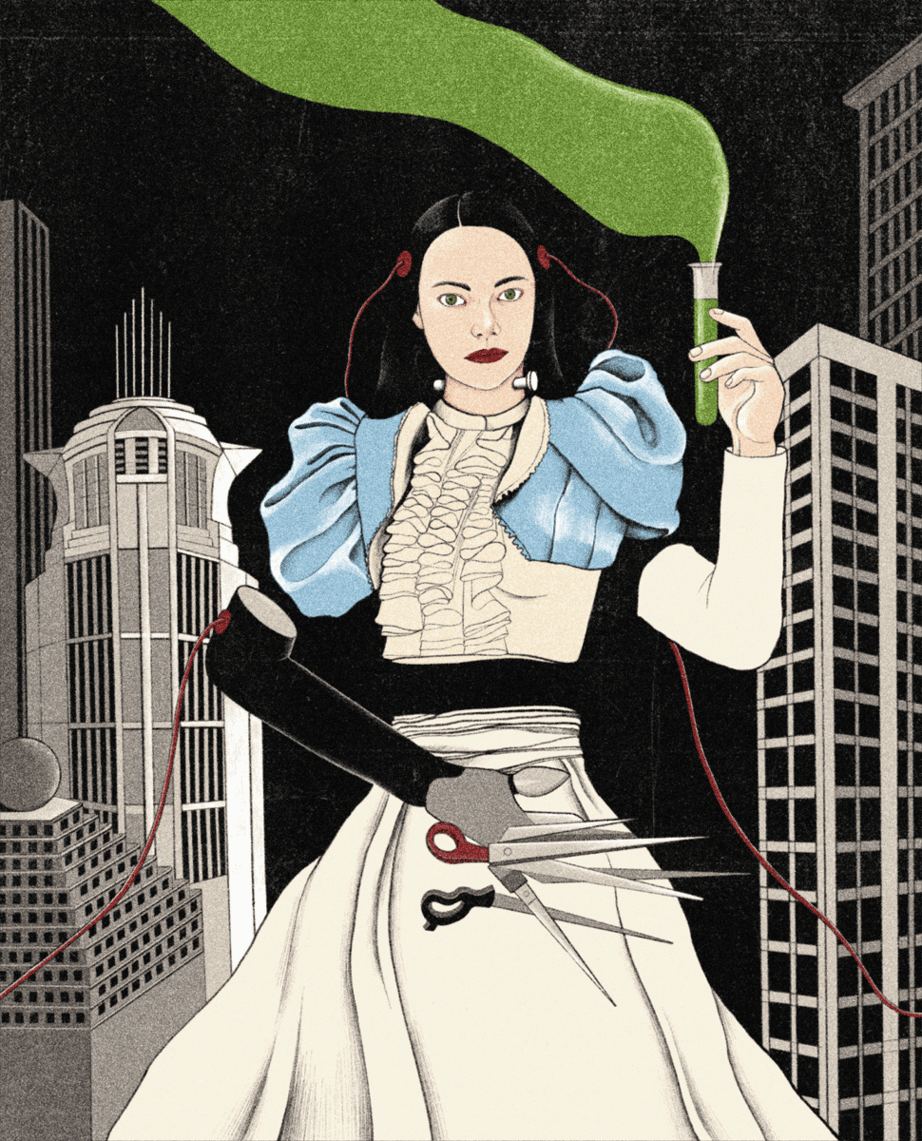Two decades of monsters in a crowded parade
- Share via
“Van HELSING” does not represent the first teaming of Dracula, Frankenstein’s Monster and the Wolf Man in the same movie. The concept was first tried in 1944 for Universal’s “House of Frankenstein” and repeated the following year for “House of Dracula.”
Those films, however, proved to be stakes through the heart of the horror cycle that had begun in 1931 with “Dracula.” Universal initially bought the rights to “Dracula” in hopes of luring Lon Chaney back to the studio to play the lead. That dream evaporated with Chaney’s untimely death in 1930.
Conrad Veidt, Joseph Schildkraut and Paul Muni were all considered as replacements before the studio turned to Bela Lugosi, who had played the role on Broadway. Lugosi’s charismatic, funereal performance indelibly etched the image of Dracula as a suave, continental, caped bloodsucker.
The success of “Dracula” prompted the studio to quickly buy the rights to a stage adaptation of “Frankenstein.” Lugosi, then hyped as “the new Lon Chaney,” was originally cast as the monster but rebelled, feeling the role was beneath him. (Forty years later, actor John Carradine claimed that he too had been offered a test for the part and had refused it.)
Boris Karloff, then a struggling player who had been spotted in the Universal commissary by the film’s director, James Whale, was hungry enough to don the elaborate, painstaking and sometimes painful disguise created by makeup genius Jack Pierce. Karloff managed to invest the monster with a soul and became the new “new Lon Chaney.”
Karloff was also considered for Universal’s first werewolf film, 1935’s “Werewolf of London,” but it was stage actor Henry Hull who ultimately got his dander up in the faux-Whale exercise. But the werewolf concept did not resonate until 1941’s “The Wolf Man,” starring Lon Chaney Jr. (the real new Lon Chaney) as the sympathetic, moon-cursed Larry Talbot.
Initially screenwriter Curt Siodmak had fashioned a psychological thriller in which the werewolf existed only in Talbot’s mind. But Universal was selling horrors, not hallucinations, so Chaney was forced to endure near-total immersion in yak hair and grueling 20-hour transformation scenes.
As the 1940s progressed, though, the once-terrifying monsters seemed as out of step with postwar Hollywood realism as Ruby Keeler tap-dancing in a sailor suit. After exposing them to slapstick in 1948’s “Abbott and Costello” (which Karloff famously agreed to help publicize on the condition that he not have to see it), Universal gave up the ghosts.
It would take TV in the late 1950s to secure a place in pop culture for the classic monsters.
More to Read
Only good movies
Get the Indie Focus newsletter, Mark Olsen's weekly guide to the world of cinema.
You may occasionally receive promotional content from the Los Angeles Times.










